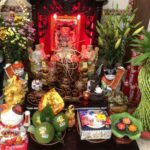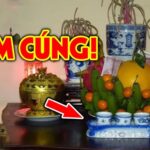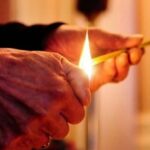Incense and Incense Sticks: Their Significance and Proper Use
What is the significance of incense and the number of sticks used?
In the spiritual worship culture of the Vietnamese, incense plays an integral role. Lighting incense marks the beginning of a spiritual ritual, commencing a ceremony. Nothing starts without it.
Incense, in its traditional form, is crafted from natural botanicals, emitting a pleasant aroma that serves to ward off negative energies. It creates a pure and fragrant atmosphere, fostering a connection with the spiritual realm. Offering incense is a way of presenting something pure and clean, demonstrating the sincerity of the host towards the deities, ancestors, and spirits.
Lighting incense involves a respectful bowing of the head, clearing one’s mind, and focusing with utmost sincerity. The scent of incense not only affects the physical but also the psychological state, and this is particularly true for natural incense devoid of chemicals.
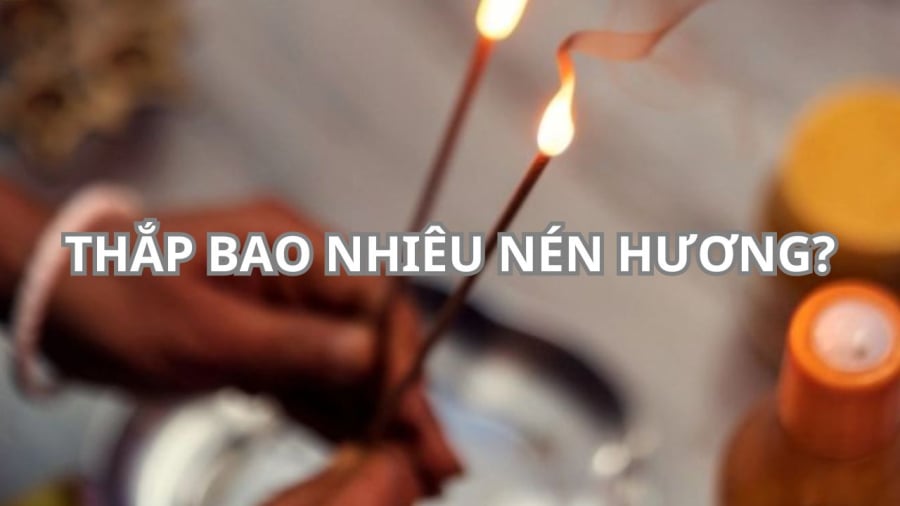
Typically, we light an odd number of incense sticks, rarely using two.
Why do we usually light 1, 3, or 5 incense sticks?
In Vietnamese custom, lighting incense typically involves using an odd number of sticks, with three being the most common. When lighting incense at multiple altars or shrines, one might light a bundle, but when placing them in the incense burner, they are arranged in groups of 1, 3, or 5. On regular days, lighting three or one stick of incense is most common.
The preference for odd numbers stems from the belief that odd numbers are yang, representing movement, development, and good fortune. Even numbers, on the other hand, are considered yin, signifying stillness and lack of progress. Thus, odd numbers are favored for incense offerings and rituals.
Lighting a single stick of incense symbolizes unity and a focused intention directed towards the heavens, earth, deities, and ancestors.
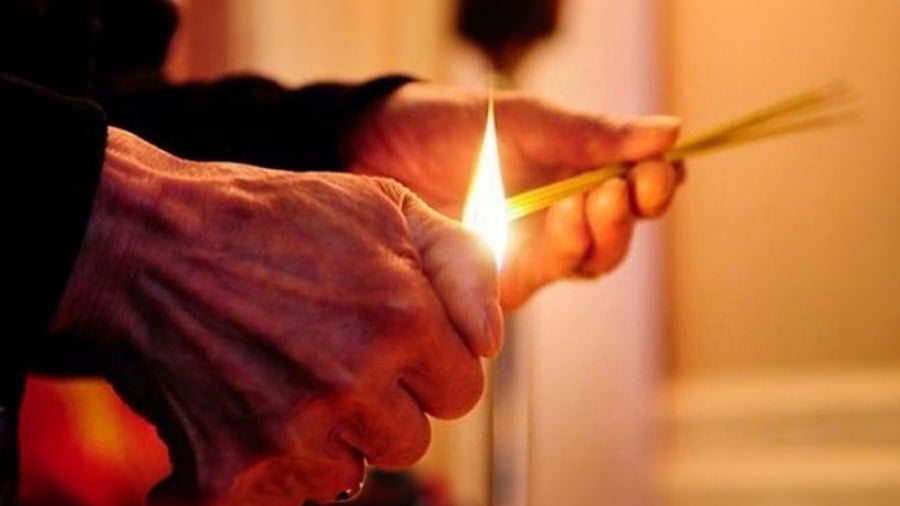
Lighting incense holds profound spiritual significance.
Three incense sticks represent the Three Jewels or the three realms of heaven, earth, and humanity, as well as the three times (past, present, future) and the three worlds (desire, form, and formlessness)…
Five incense sticks represent the five elements of wood, fire, earth, metal, and water. Odd numbers signify a person from the yang world making offerings to the yin world.
However, there is an exception to this rule. During funeral rites, two incense sticks are lit to symbolize the yin world, bidding farewell to the deceased and wishing them a peaceful journey. Nonetheless, due to the evolution of customs over time, in present-day Vietnam, the odd-number rule predominates, regardless of whether it is a funeral, ancestor worship, or offerings at temples or shrines.
Important Considerations When Lighting Incense
While lighting incense demonstrates the sincerity of the host, it is essential to keep the following in mind:
– Opt for natural incense to avoid the potential health hazards associated with chemically treated incense coils.
– Light 1 to 3 sticks at a time to prevent excessive smoke, which can cause discomfort or increase the risk of fire.
– Light incense with a flame and extinguish it by waving your hand; avoid blowing it out with your mouth.
– Ensure proper ventilation by keeping the room’s door open during incense burning.
This information is based on spiritual beliefs and personal experiences.
The Ancient Warning: Why You Shouldn’t Burn Incense After Dark in the 7th Lunar Month
The 7th lunar month is steeped in cultural significance and is considered the most auspicious month of the year. Superstition surrounds this month, with a traditional warning against burning incense in the evenings.

























